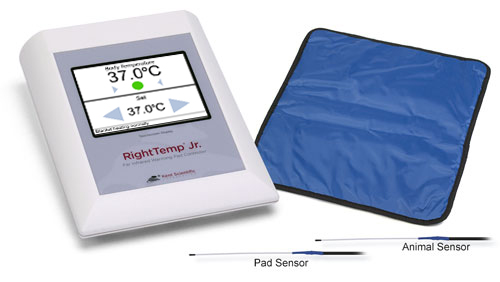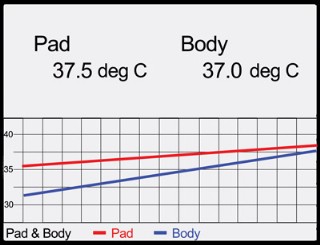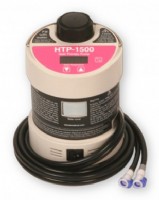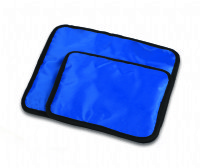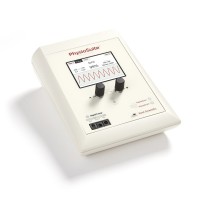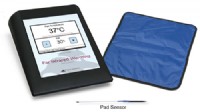About Small Animal Warming
Resource: The Importance of Maintaining the Proper Body Temperature of Lab Animals During Surgery › There are several different techniques to warm laboratory animals. Kent Scientific provides products that warm animals using two of the most common methods, circulating water warming pads and infrared heating blankets.
Circulating Water Warming Pads
Circulating water devices offer excellent thermostatic control. Water is warmed by a control unit and then pumped through a pad, where the heat is transferred to the animal.
Far Infrared Warming Pads
When using infrared warming pads, far infrared light is absorbed by cells deep within the body of the animal which safely raise the core body temperature. Far Infrared (FIR) light warms the body without warming the air between the FIR source and the body. FIR is totally safe; in fact 80 percent of the sun’s rays are in the low energy, far infrared range. FIR waves resonate with organic matter and penetrate deep into the body. The energy level of water in the body’s cells is gently increased through “resonant absorption” warming the inside of the body. The body can absorb as much as 90 percent of FIR heat compared to only 20 percent with conventional warming pads. Less warming is required with FIR than with conventional techniques. FIR allows researchers to safely warm animals for a longer period of time without unknowingly overheating the animal.
FIR warming increases body metabolism thereby discharging anesthetics and toxins, which aid in faster recovery from surgery.
Kent Scientific uses FIRst™ (Far Infrared Stasis Technology) in our small animal warming pads. The animal’s body can now be warmed over an extended period of time without having to constantly increase the temperature.
| |
Warm Water |
Far Infrared |
| Type |
Recirculating warm water |
Far-infrared warming |
| Depth of Warming |
Surface |
Deep penetration |
| Body Absorption of Warming |
20% (requires more warming to increase body temperature) |
90% (requires less warming to increase body temperature) |
| Power |
Electrical (plug-in) |
Electrical (plug-in) |
| Portable? |
No |
Yes |
| Pads |
Reusable and disposable |
Reusable |
| Pump Required? |
Yes |
No |
| Integrated Homeothermic Control Option? |
No |
Yes |
Thermoregulation of Anesthetized Laboratory Animals
Animals frequently become hypothermic when exposed to anesthesia because of inhalation of cold gases, exposure of body cavities to the room air, and loss of normal thermoregulatory mechanisms and behaviors. Hypothermia depresses all physiologic functions, including respiration and cardiac function. It also slows the metabolism of anesthetics and results in prolonged recoveries. All of these causes can contribute to anesthetic death. Hyperthermia is less common, but may occur because of excessive application of heat, hot surgery lights or malignant hyperthermia in genetically pre-disposed animals. Body temperature should be monitored frequently using a thermometer during NIBP studies, surgical procedures and anesthetic recovery.
Because the ratio of body surface area to body mass is greater in rodents than in larger species, thermal support is often critical to the successful recovery of rodents from anesthesia and surgery. Hypothermia often leads to decreases in metabolism of anesthetic drugs and urinary excretion of such drugs with resulting prolongation of the anesthesia period.
Particularly in rats and mice, body heat may be dissipated from the tail, soles of the feet or ears with resultant significant decreases in the core and surface body temperatures.
Methods to minimize heat loss to the external environment (during surgery and post-surgical recovery of rodents) include:
- Increasing the ambient temperature of the surgical room/procedure room
- Placement of a thermal blanket (such as a recirculating warm water or infrared heating pad) between the animal and heat- absorbing surfaces
- Minimizing organ exposure from body cavities during surgery
- Placing the animal on a warming blanket or within a temperature supported cage
- Administration of warmed subcutaneous or intraperitoneal fluids intra- and/or postoperatively
- Using bedding during post-surgical recovery to provide thermal insulation

